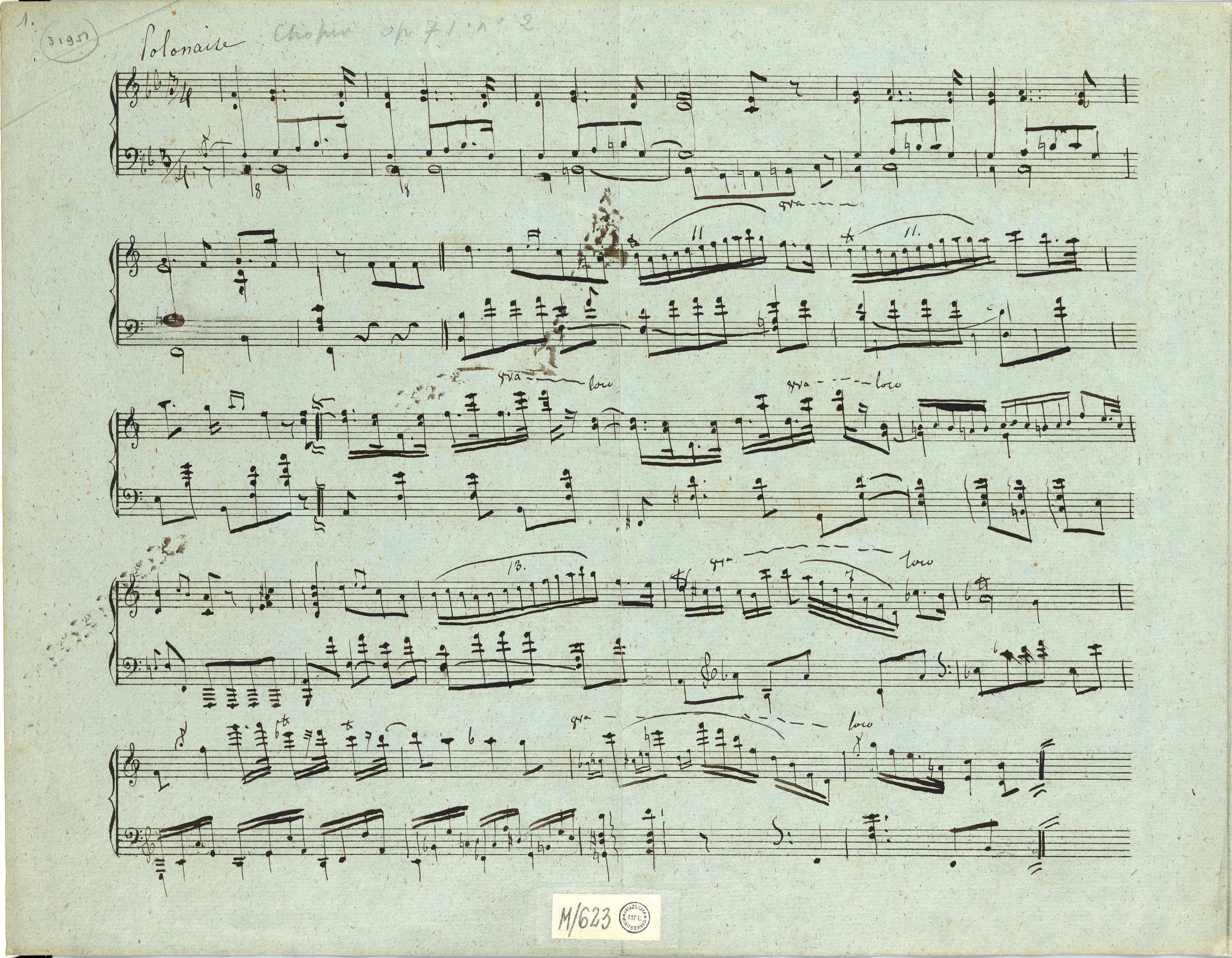



The sound of the 2nd quaver intended by Chopin gives rise to doubts. JC has here a b -e
-e 1-g1 triad, while EF – a b
1-g1 triad, while EF – a b -g1 sixth. Each of those versions smoothly combines both with the spread chord d-b
-g1 sixth. Each of those versions smoothly combines both with the spread chord d-b -f1 in the previous bar and the next three quavers creating a B
-f1 in the previous bar and the next three quavers creating a B major chord. Those versions, and particularly the sixth confirmed in analogous bar 39, may be considered as a fully-fledged alternative for the reconstruction of the version of [A] described below.
major chord. Those versions, and particularly the sixth confirmed in analogous bar 39, may be considered as a fully-fledged alternative for the reconstruction of the version of [A] described below.
PE has here an e -g-e
-g-e 1 chord, most probably including the erroneous in this context e
1 chord, most probably including the erroneous in this context e note. Taking into consideration various possibilities of the lithographer's errors, as well as the harmonic content and the accompaniment's voice-leading, we consider the g-b
note. Taking into consideration various possibilities of the lithographer's errors, as well as the harmonic content and the accompaniment's voice-leading, we consider the g-b -e
-e 1 chord as the most justified reconstruction of the version of [A] and we propose it in such form in the main text.
1 chord as the most justified reconstruction of the version of [A] and we propose it in such form in the main text.
Compare the passage in the sources »
category imprint: Interpretations within context; Differences between sources
issues: Terzverschreibung error, Errors in PE
notation: Pitch





